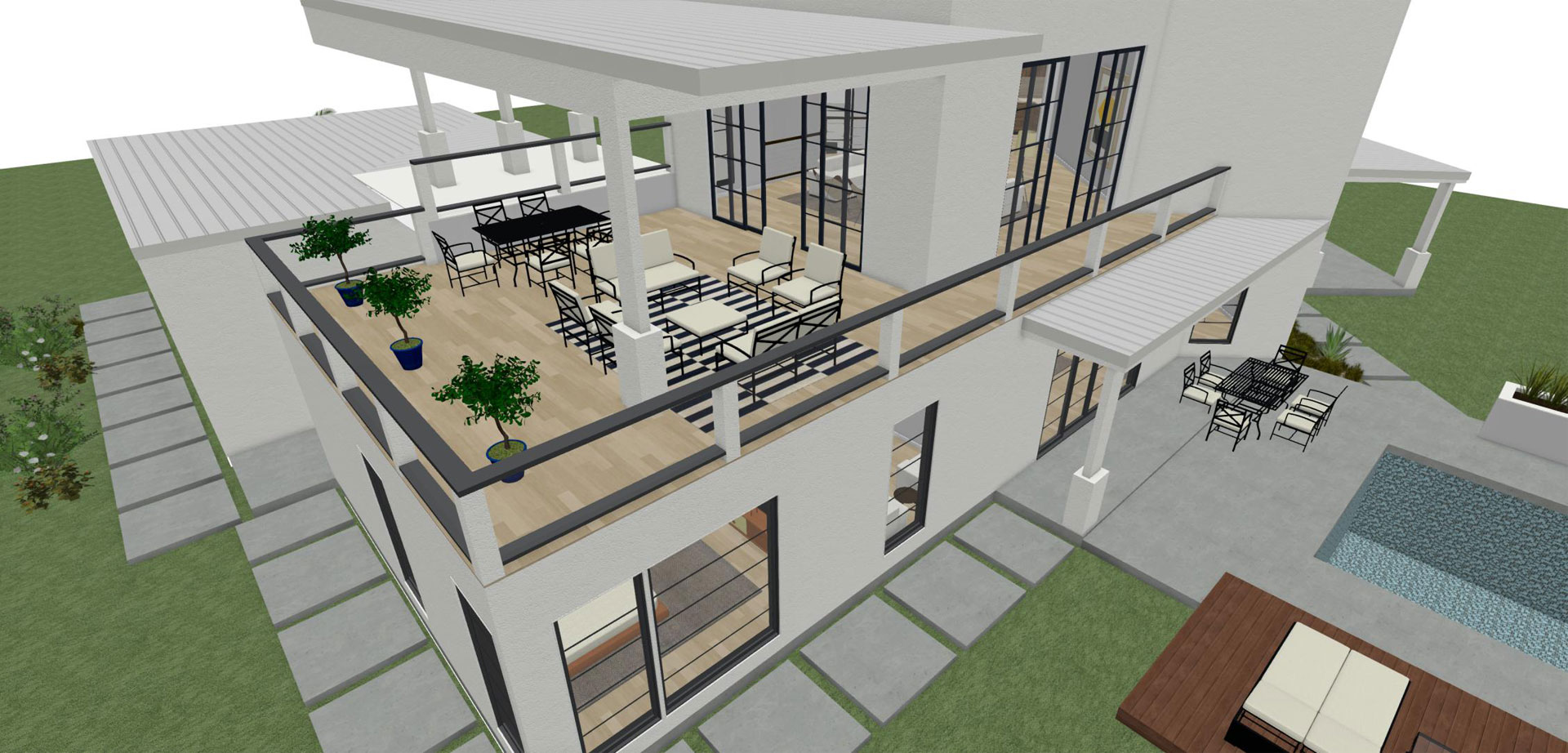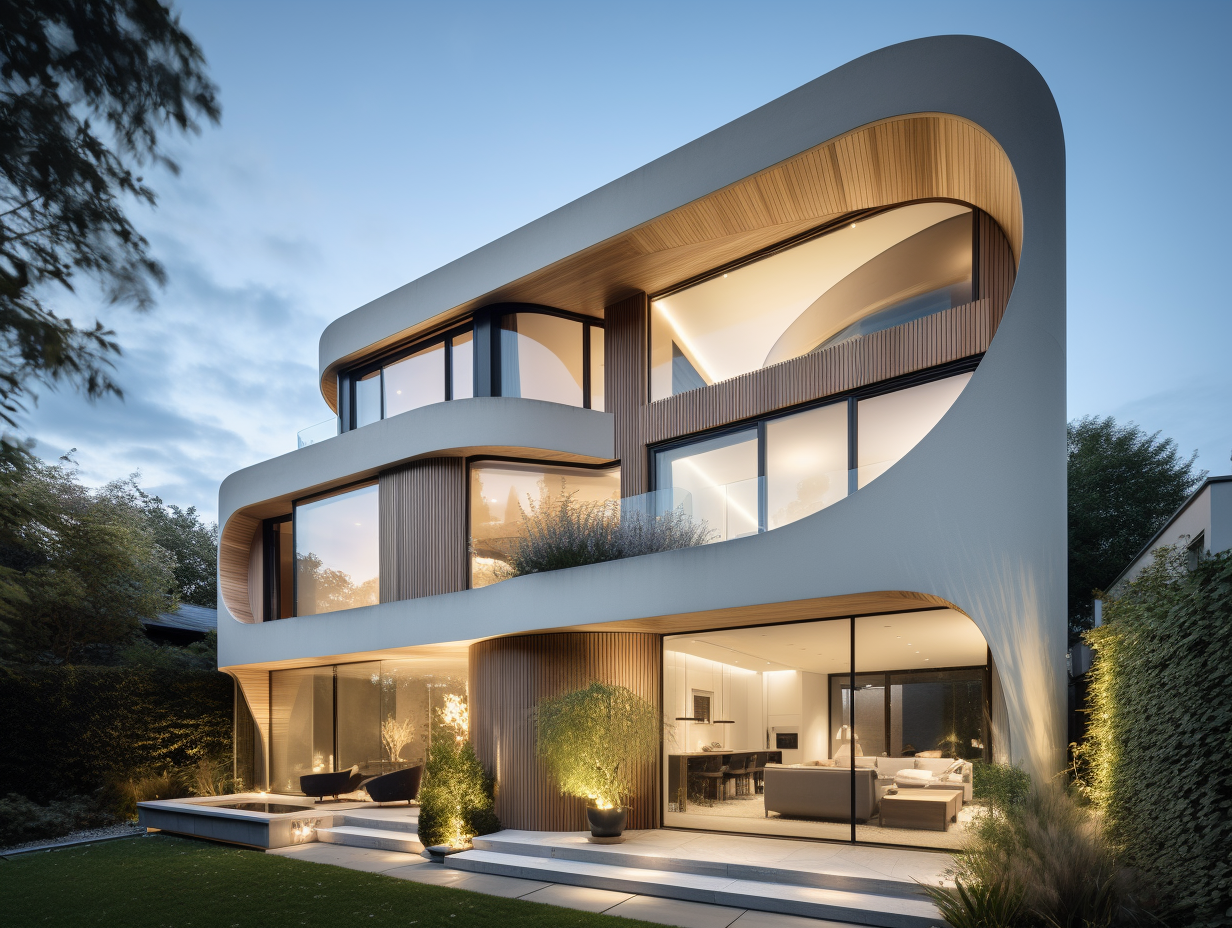Just How CDA Architects Integrate Creativity and Capability in Modern Design
Just How CDA Architects Integrate Creativity and Capability in Modern Design
Blog Article
An Extensive Summary of Architectural Designs and Their Impact on Modern City Preparation and Advancement
Architectural designs have long offered as a mirror to the societal worths and technical innovations of their time, playing a critical role in shaping contemporary city preparation and advancement. From the magnificence of Neoclassicism to the utilitarian method of Brutalism, each design has introduced one-of-a-kind ideas that influence city visual appeals and capability.

Historic Overview of Architectural Designs
Throughout background, building designs have evolved in action to social, technical, and ecological variables. Each duration mirrors the prevailing worths, beliefs, and improvements of its time, causing a rich tapestry of design that symbolizes human imagination and adaptation. The ancient civilizations, such as the Egyptians and Greeks, established fundamental styles that stressed symmetry and proportion, serving both functional and aesthetic purposes.
As cultures transitioned through the Middle Ages, Gothic design emerged, identified by its verticality and intricate detailing, mirroring the spiritual aspirations of the age. The Renaissance marked a revival of classical suitables, combining art and architecture in ingenious means that influenced succeeding styles throughout Europe.
The Industrial Revolution introduced new materials and building strategies, motivating motions like Modernism, which tested typical forms and welcomed simpleness and capability. The 20th century saw a diversification of designs, with Postmodernism responding versus the stark minimalism of its precursor, incorporating historical referrals and eclectic elements.
Today, architectural styles proceed to develop, driven by globalization and sustainability problems, mirroring a vibrant interplay between heritage and advancement (cda architects). This historic review emphasizes the relevance of design as a mirror of societal advancement and as a stimulant for urban advancement
Key Architectural Styles Explained
The variety of architectural styles shows the myriad influences that form our developed setting, each personifying distinctive attributes and cultural significances. Secret architectural designs consist of Classical, Gothic, Baroque, Innovation, and Postmodernism, each representing one-of-a-kind historical contexts and aesthetic ideologies.
Classic style, rooted in old Greece and Rome, highlights symmetry, proportion, and making use of columns. On the other hand, Gothic architecture, flourishing in the center Ages, is identified by pointed arcs, ribbed vaults, and flying buttresses, producing an ethereal quality in cathedrals. Baroque style, emerging in the 17th century, is marked by magnificence, intricate ornamentation, and a vibrant interplay of light and shadow.
Innovation, which gained momentum in the very early 20th century, prioritizes feature over form, using brand-new products like steel and glass to create minimal structures. Postmodernism, responding against the austerity of Innovation, accepts eclecticism and historic reference, usually integrating playful components and paradox.
Comprehending these styles gives understanding into the social narratives and technological improvements of their corresponding ages, highlighting how style serves not just as a sanctuary, however as a representation of social values and ambitions.
Influence on Urban Planning
In forming the development of cities, building designs substantially affect urban preparation choices. The choice of architectural design frequently determines the visual appeals, functionality, and overall personality of metropolitan settings.
Additionally, building designs can influence zoning laws and land make use of plans. go to the website Urban planners must think about the dominating architectural fads when designing districts, making certain that brand-new developments integrate with existing structures. This consideration fosters cohesive city landscapes and enhances neighborhood identity.
The implementation of specific architectural designs can additionally influence socioeconomic variables within a city. Premium contemporary designs may attract affluent homeowners and businesses, leading to gentrification, while much more budget friendly real estate services might focus on practical and sustainable styles to suit varied populations. Eventually, the interplay between building designs and metropolitan planning produces vibrant cities that show both historic context and modern demands, shaping the lived experiences of their inhabitants.
Sustainability and Modern Architecture

Contemporary building movements, such as biophilic style and environment-friendly design, supporter for structures that integrate with their environments, using all-natural materials and promoting biodiversity. These styles commonly integrate renewable energy sources, such as photovoltaic panels and wind turbines, to reduce dependence on nonrenewable fuel sources and lower carbon impacts.
Furthermore, the assimilation of sophisticated modern technologies, such as wise building systems, enhances energy administration, enhancing source use while guaranteeing resident comfort. Cutting-edge water management strategies, consisting of rain harvesting and greywater recycling, additional add to sustainable city environments.
Significantly, sustainability extends beyond ecological concerns; it includes social and financial dimensions. By promoting neighborhood well-being and promoting inclusivity, modern-day building styles align with sustainable development goals. The development of building methods proceeds to shape resistant cities that not just fulfill the demands of the present yet likewise guard the future for generations go to these guys to come.
Area Involvement in Style
Neighborhood interaction in design offers as a critical bridge between architects and the populations they offer, making sure that the built environment reflects the demands and desires of its customers. This collaborative procedure invites community participants to add their insights and preferences, cultivating a feeling of possession and responsibility towards the rooms they live in.
Efficient neighborhood interaction utilizes various approaches, such as workshops, studies, and public discussion forums, to gather diverse viewpoints. These techniques help with a two-way dialogue, enabling additional info engineers to understand local contexts while equipping residents to articulate their concerns and desires. This inclusivity not just enhances the style high quality yet also advertises social equity by dealing with the unique challenges dealt with by marginalized groups.
Additionally, community engagement can bring about ingenious remedies that might not arise in a conventional layout procedure. By integrating regional knowledge and cultural worths, engineers can develop rooms that reverberate even more deeply with individuals, improving usability and sustainability. Eventually, focusing on community interaction in layout procedures results in settings that nurture social interactions, support well-being, and enhance area connections, therefore playing an essential function in forming contemporary metropolitan landscapes.
Conclusion
Architectural designs have actually profoundly affected modern-day city preparation and growth, reflecting progressing cultural and technological contexts. The integration of historical visual appeals with contemporary requirements cultivates city atmospheres that prioritize sustainability and community interaction. As cities remain to grow and adjust, the recurring discussion between architectural heritage and modern-day style concepts will certainly remain essential in developing inclusive, vibrant spaces that boost high quality of life and advertise social equity. The future of city advancement depend upon this harmonious balance.
Report this page